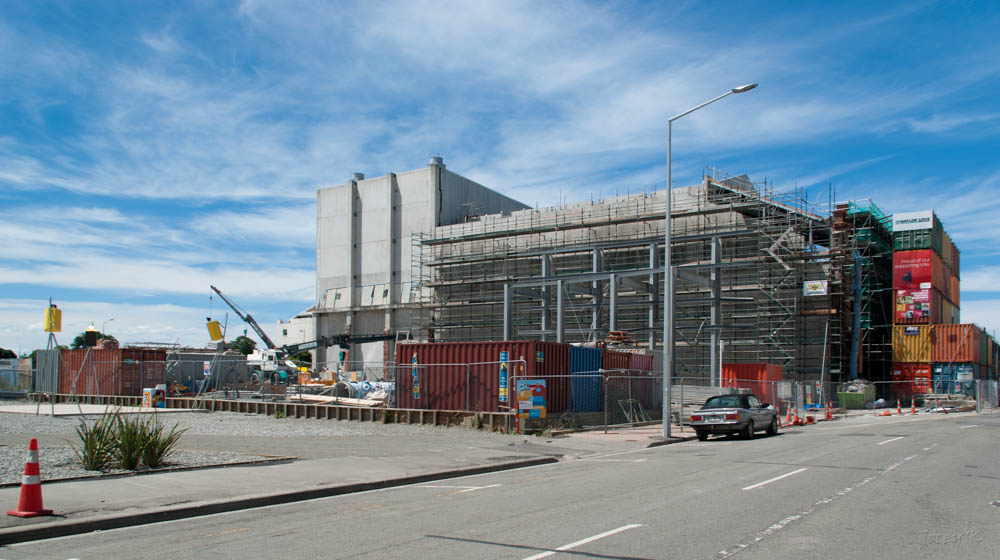ASTM International recently released changes to E2026 Standard Guide and E2557 Standard Practice, industry standards for assessing seismic risk to buildings.
The changes are expected to improve the consistency of the evaluation of seismic risks for commercial real estate transactions. Among the changes are:
- New definitions
- Better defined criteria for consultant qualifications for performing the work
- Requirement for more detailed calculations
- Review of plans and analysis of site seismicity for higher level assessments
The biggest impact to commercial real estate due diligence pertains to changes in consultant qualification criteria. The revised standard requires that a consultant performing the analysis must be a licensed civil or structural engineer with at least 10 years of general structural engineering, at least 5 years of experience in seismic design and analysis of buildings, and at least 3 years of seismic risk assessment of buildings.







